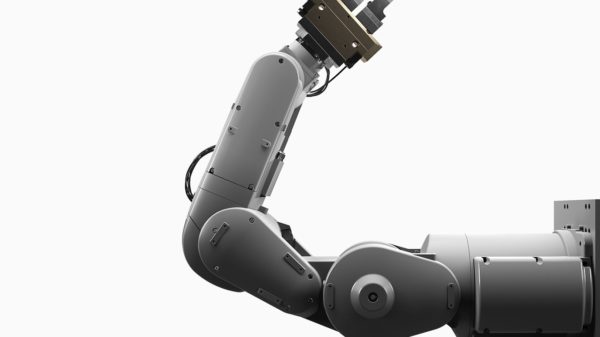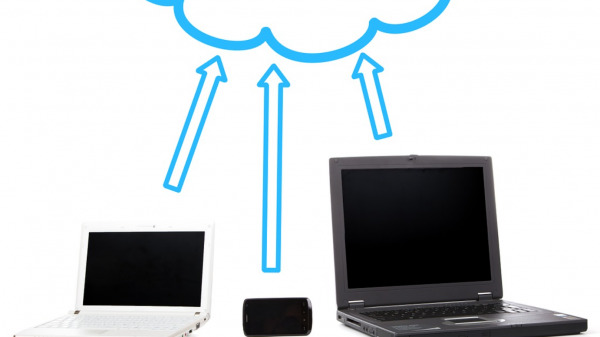A security specialist has revealed vulnerabilities in Apple’s Safari browser which you can use to snoop on iPhones, iPads and Mac computers utilizing their mics and digital cameras.
Safety specialist Ryan Pickren has disclosed flaws on seven imperfections in Safari, which include three that might be found in a get rid of sequence to get into victims’ webcams. The vulnerabilities have been previously submitted to Apple company via its bug-bounty system and also have been patched – nevertheless, technological information on the imperfections, together with a proof of idea (PoC) attack, have been stored under wraps until Pickren’s current disclosure.
“Imagine you happen to be on the well-liked web site when instantly an ad banner ad hijacks the digital camera and mic to spy on you. That is exactly what this weakness would have made it possible for,” mentioned Pickren, in an research into the vulnerabilities the other day.
While normally each app has to be explicitly given permissions by end users to gain access to devices’ video cameras and microphones, Apple’s own apps will not need them, such as Safari. Furthermore, new internet technologies, for example the Media Devices Online API (an interface offering access to attached mass media feedback products like video cameras and mics, in addition to display screen revealing), allow specific websites to utilize Safari’s permissions gain access to the digital camera directly. Pickren said that this attribute is “great for internet video clip-conferencing apps for example Skype or Focus. But… this new internet-dependent video camera technical undermines the OS’s camera security.”
Using these troubles in mind, Pickren identified three vulnerabilities from the macOS and iOS types of Safari 13..4 (CVE-2020-3885, CVE-2020-3887, CVE-2020-9784), which eventually permitted him access to the webcam sans victim approval.
specifically, the defects come from a ideal thunderstorm of small faults in how Safari parses Standard Source of information Identifiers (such as Web addresses/online handles) handles web origins (beginnings are defined by the process and web site applied) and ports and initializes protect contexts (a secure perspective is a windows where information is provided securely via HTTPS/TLS).
An attacker could benefit from these problems by developing a specially created URL that will employ scripts baked into a vicious web site. The URL would be able to trick Safari into considering an attacker-operated internet site is in the “secure context” of a trusted internet site, like Focus or Skype. Safari would then give the attackers behind the hyperlink untethered approval to access the webcam through the Media Devices Online API.








































